Our home place is a moist oasis in the drier region of the Blue Mountains in Grant County, Oregon. Terry has photographed numerous neo-tropical songbirds in our garden, orchard and yard over the years – including nesting western bluebirds, tree swallows, violet-green swallows, hummingbirds, spotted towhees, chipping sparrows and others.
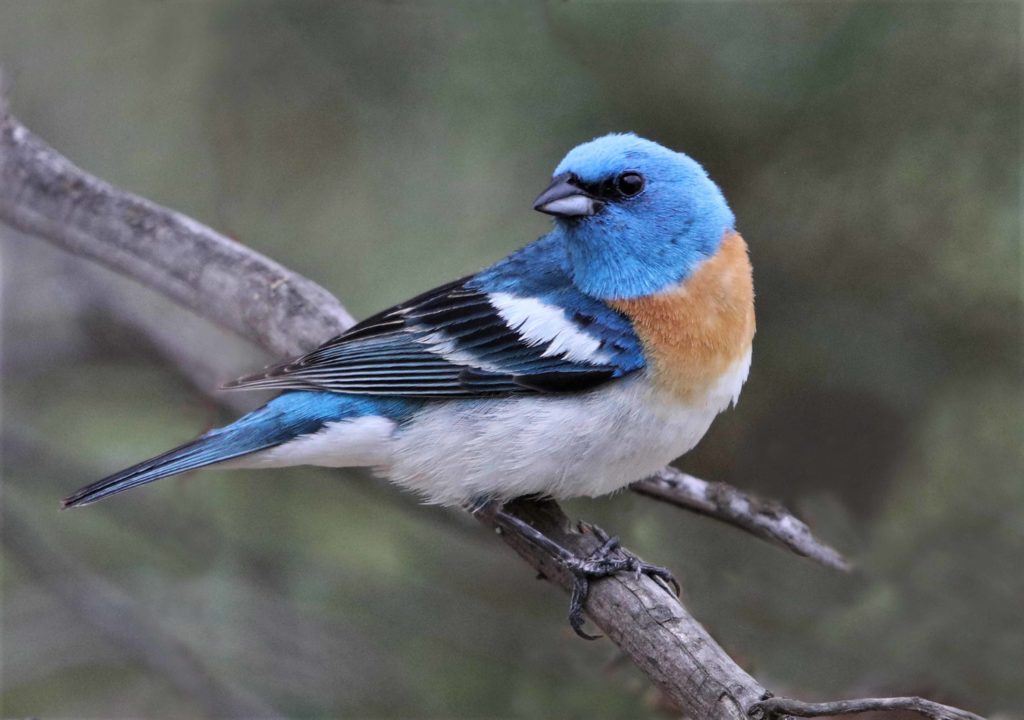
Two birds regularly seen here have been very elusive photo subjects, however – the Lazuli Bunting and the Red Crossbill. At last, this is the year that Terry has accomplished his goal to photograph these birds.
The Lazuli bunting has long been a favorite of Terry’s for its strikingly beautiful colors and form.
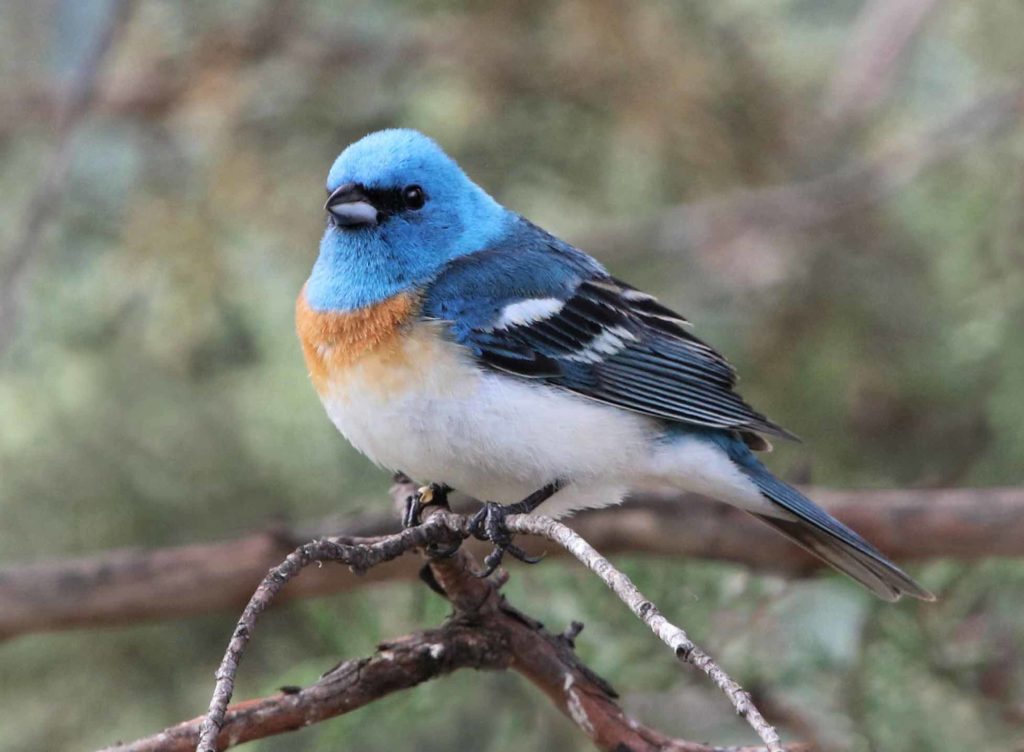
It has come to our feeders in the past, but it has little tolerance of people and, therefore, quickly arrives and departs without offering good photo opportunities.
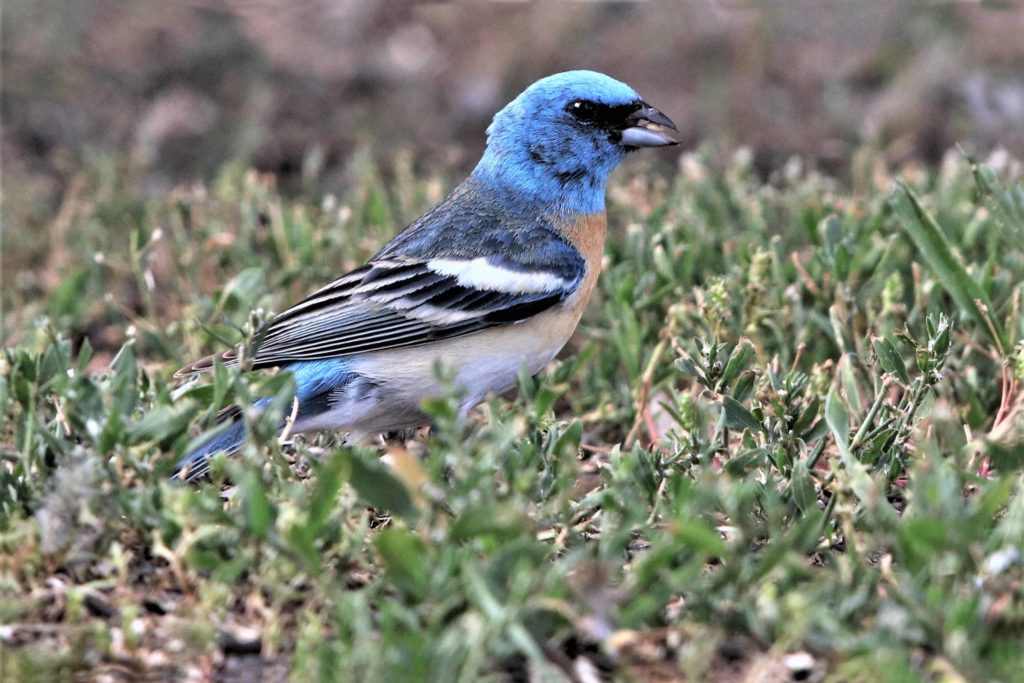
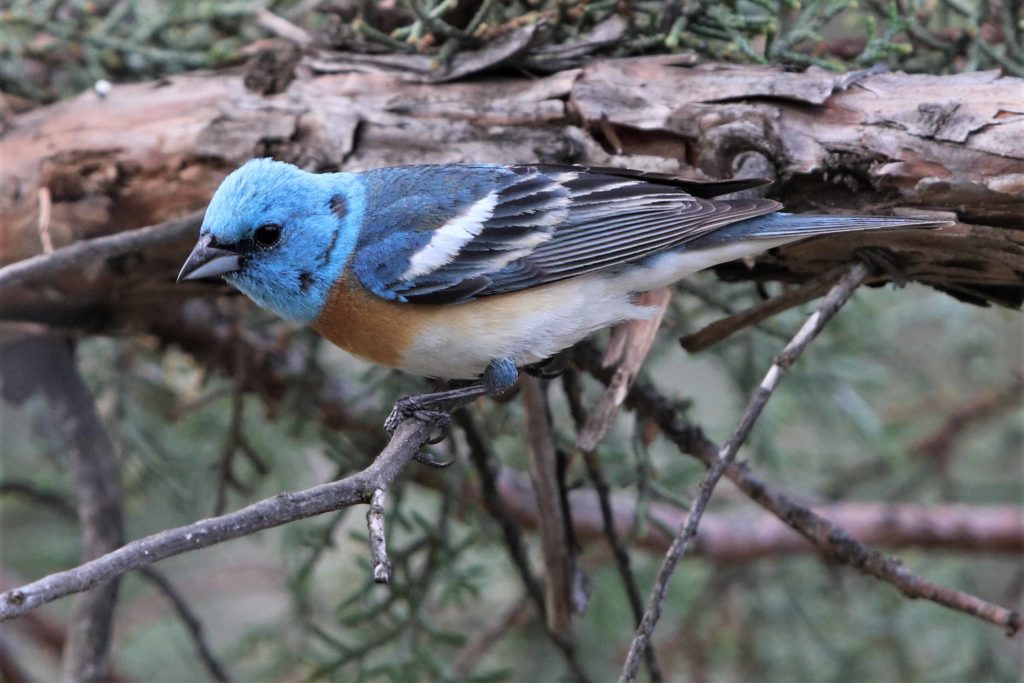
For several weeks, at least four males have been simultaneously working both the feeders and the ground scattered seeds surrounding the feeder area. We’ve noticed before how birds seem to feel safety in numbers, or maybe they keep their focus on getting their food with other birds competing for the same and, therefore, are not as distracted by observers.
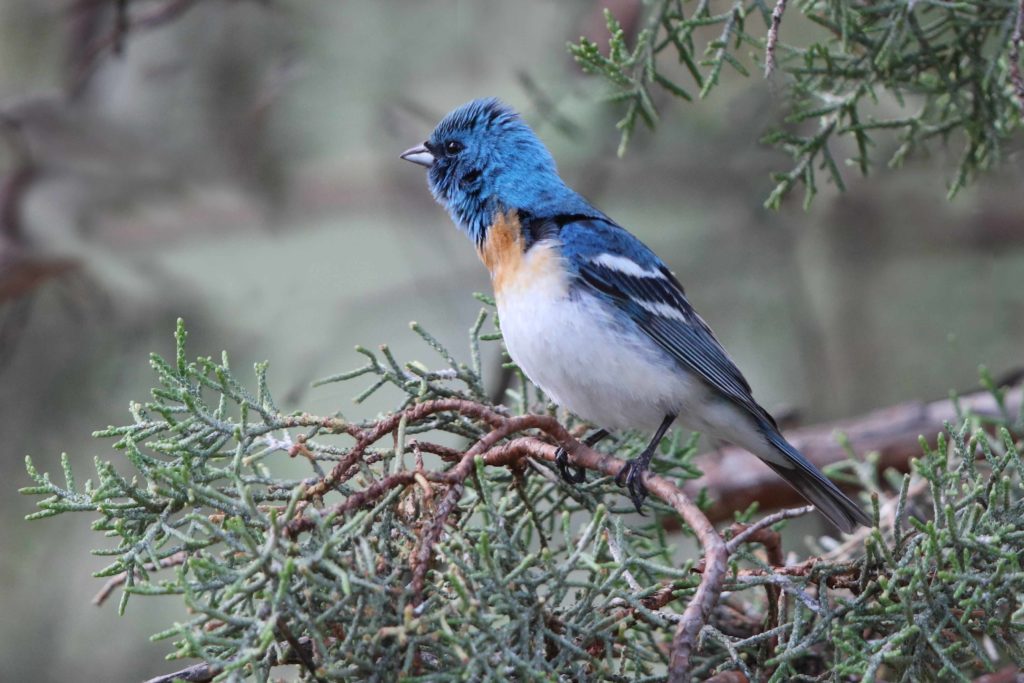
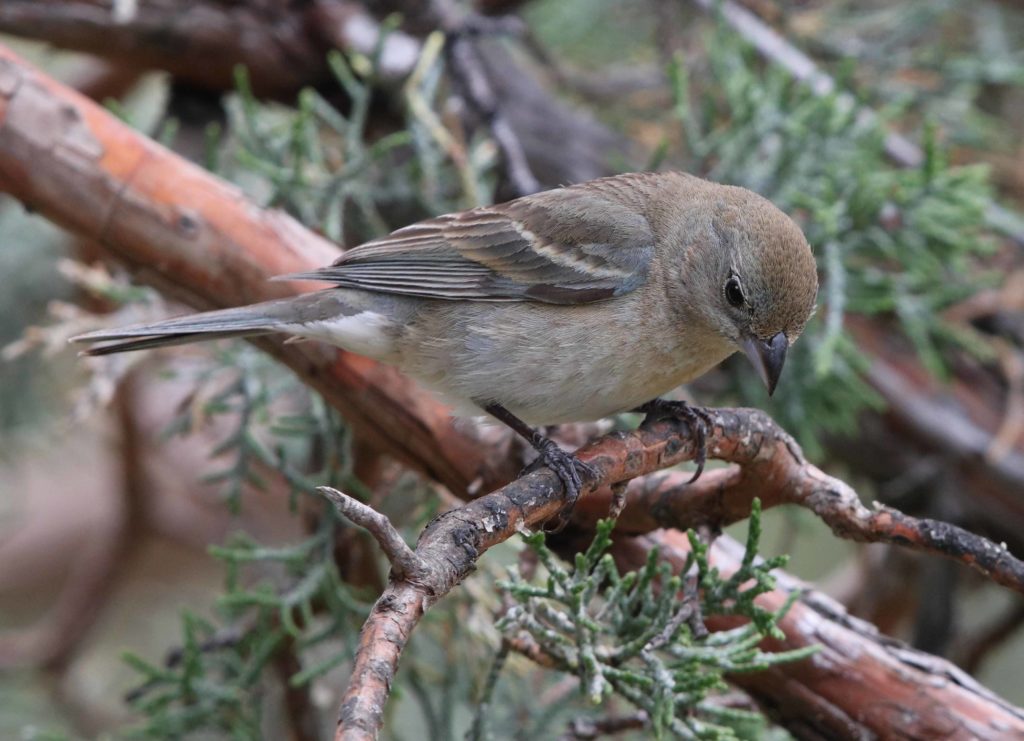
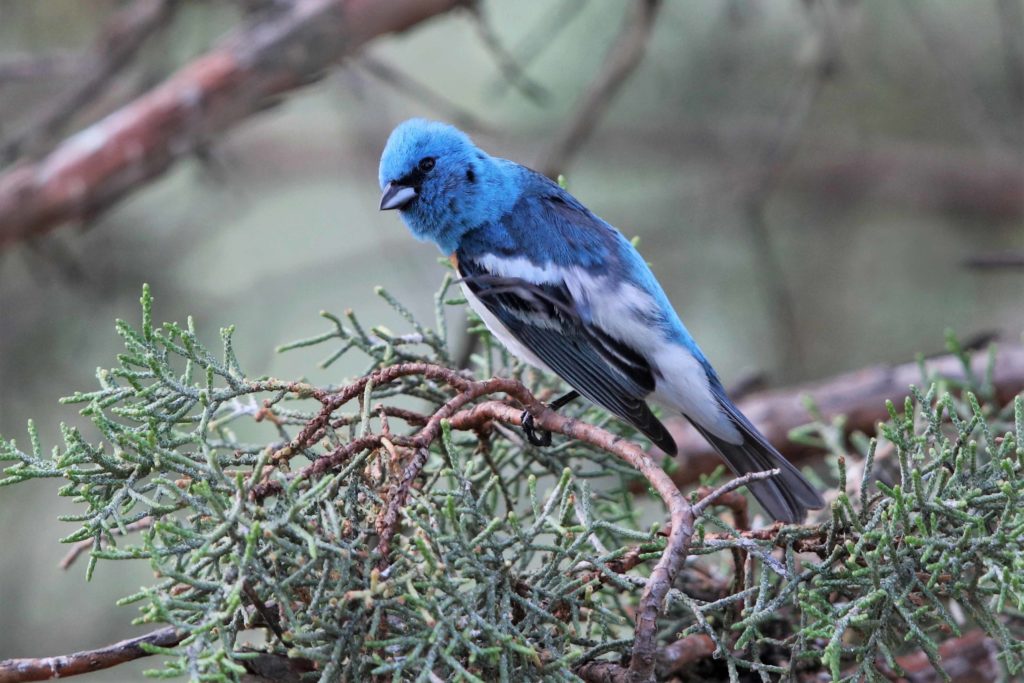
Whatever the reason, the Lazuli has offered Terry his long sought-after capture of wonderful bunting images.
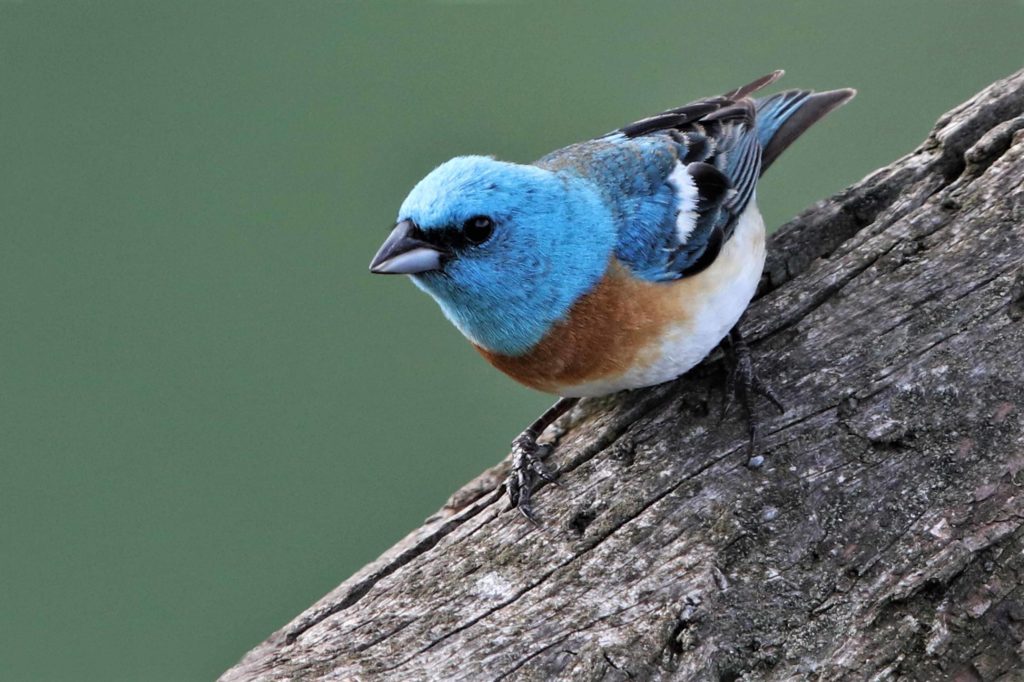
His quest to photograph the red crossbill has been sporadic.
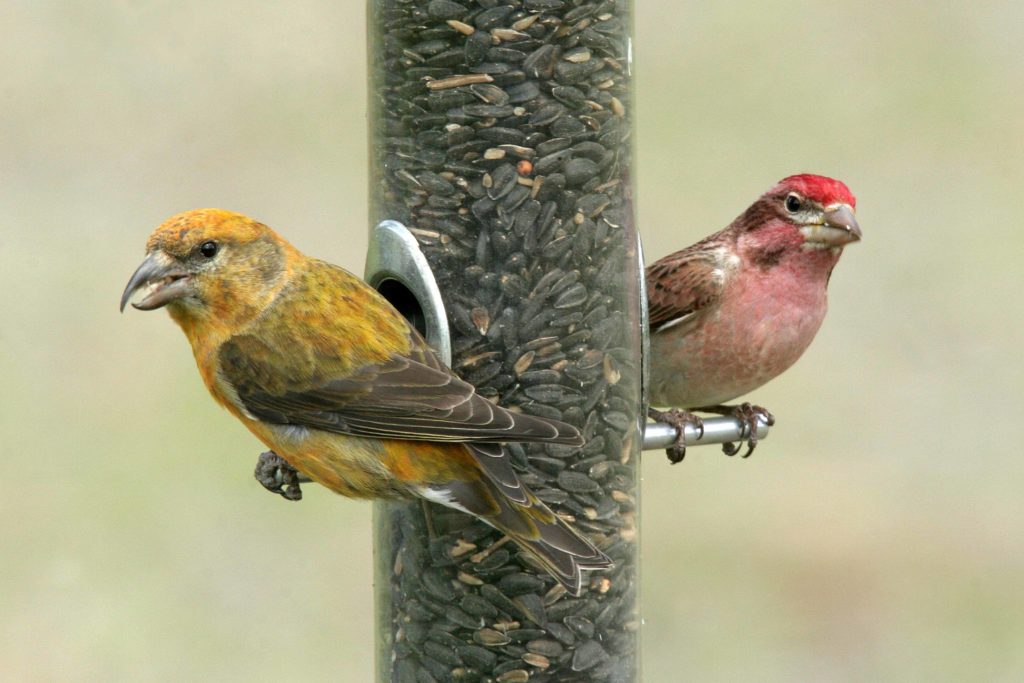
We’ve had many sightings of the species without a camera handy or without a satisfactory setting. Local nesting birds have come into the garden to bathe in the sprinkler while Terry has been busy at work. They have appeared consistently as they migrate in flocks feeding on the cone seeds in the tops pine trees.
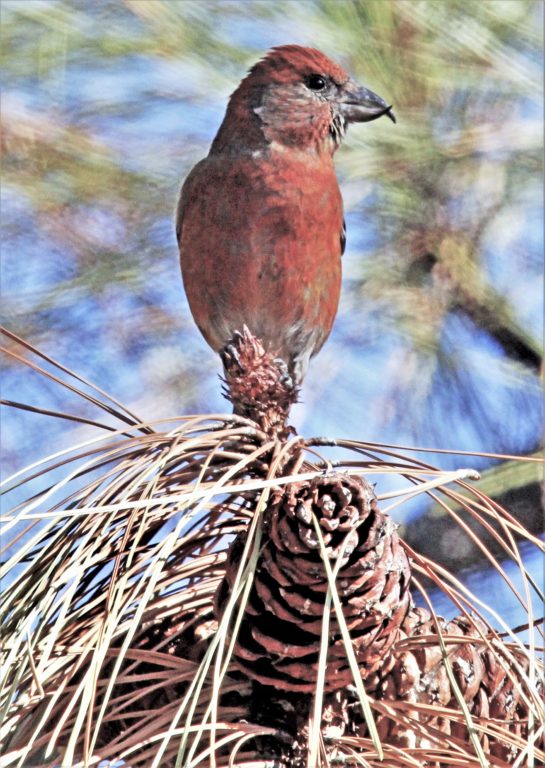
Not until this year, have they regularly appeared at our feeders.
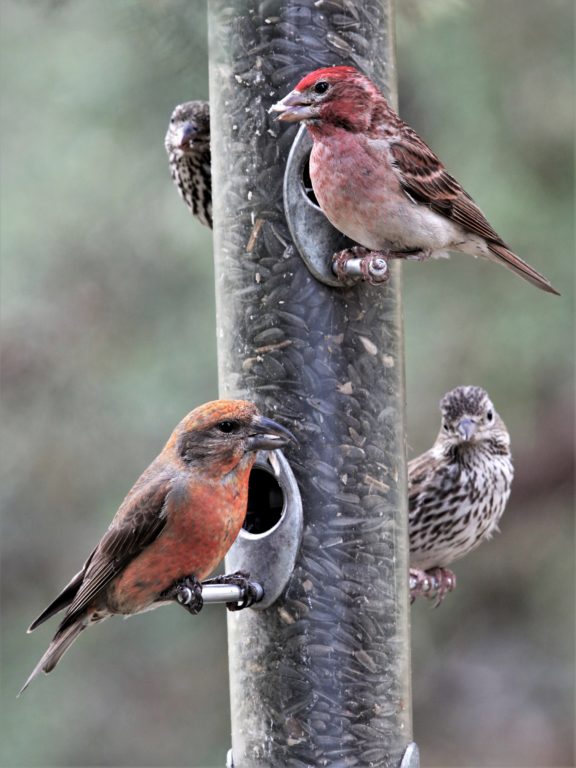
Their colors range from yellow or orange to more commonly hepatic (brownish greed) red.
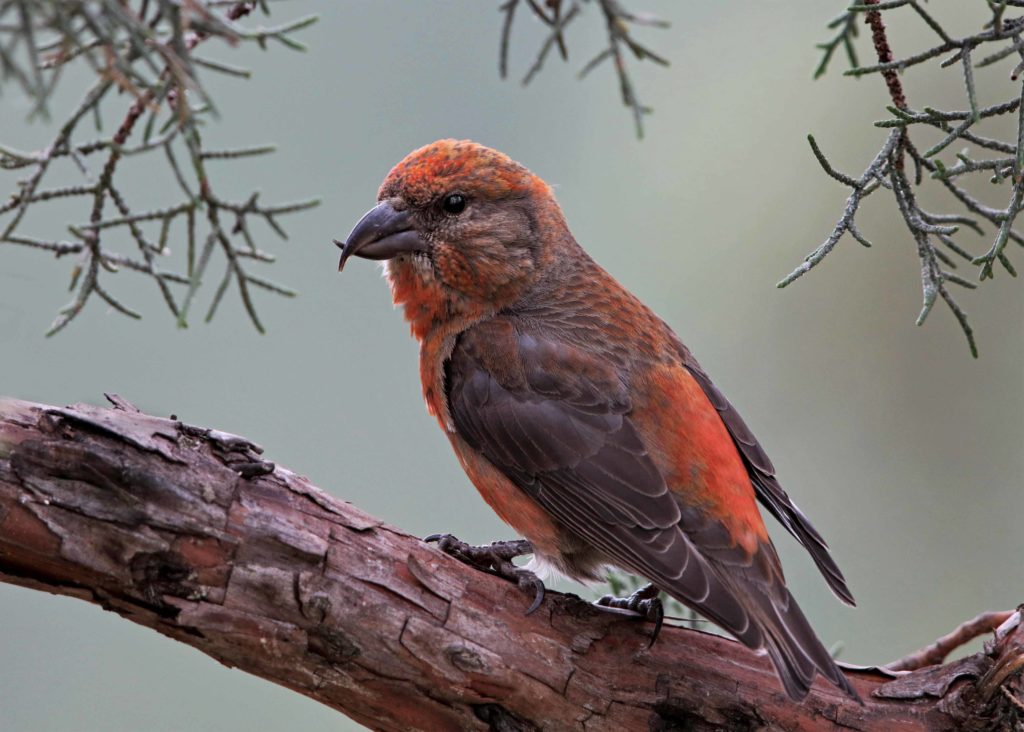
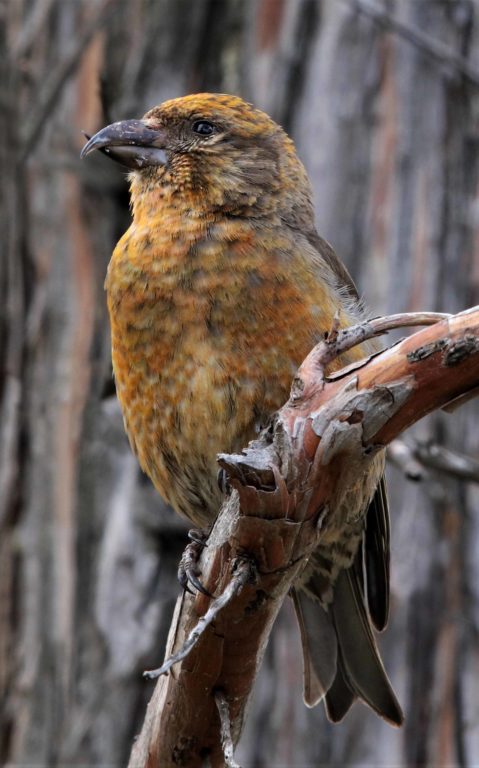
At least nine types occur, and they vary by their calls and the size of the bill. Those with a large bill are suited for feeding on large cones of pine trees.
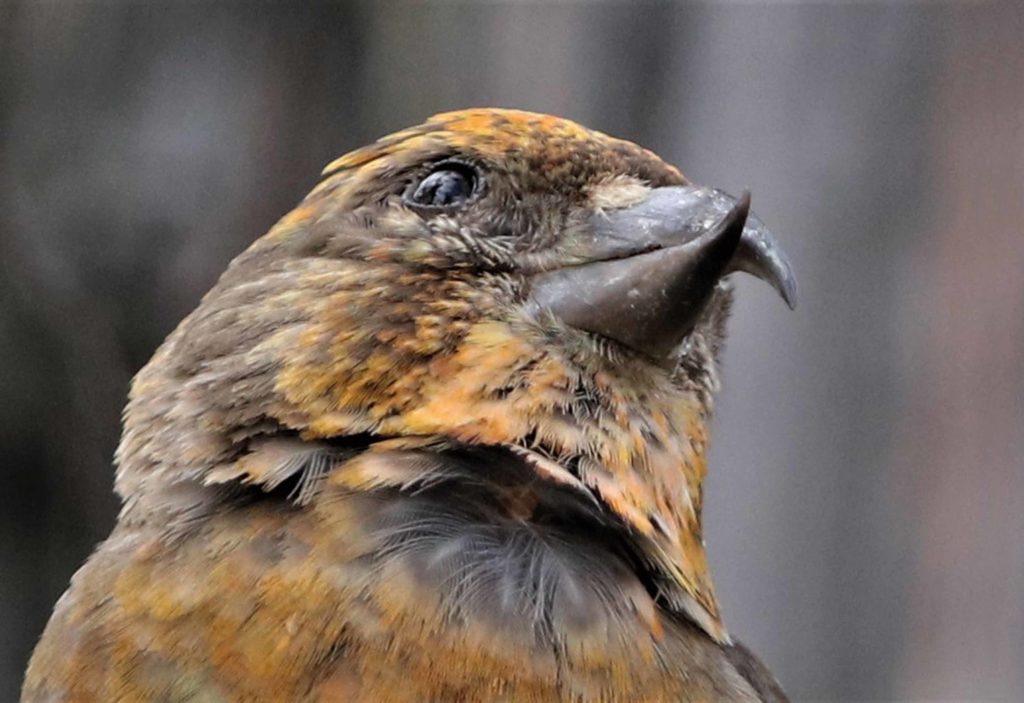
The crossed bill can pry out the seeds of these harder cones. The size of the bill determines which tree the subspecies can feed upon. We see crossbill feeding on the Ponderosa pine trees. Smaller-billed crossbills feed on firs, spruce and larch.
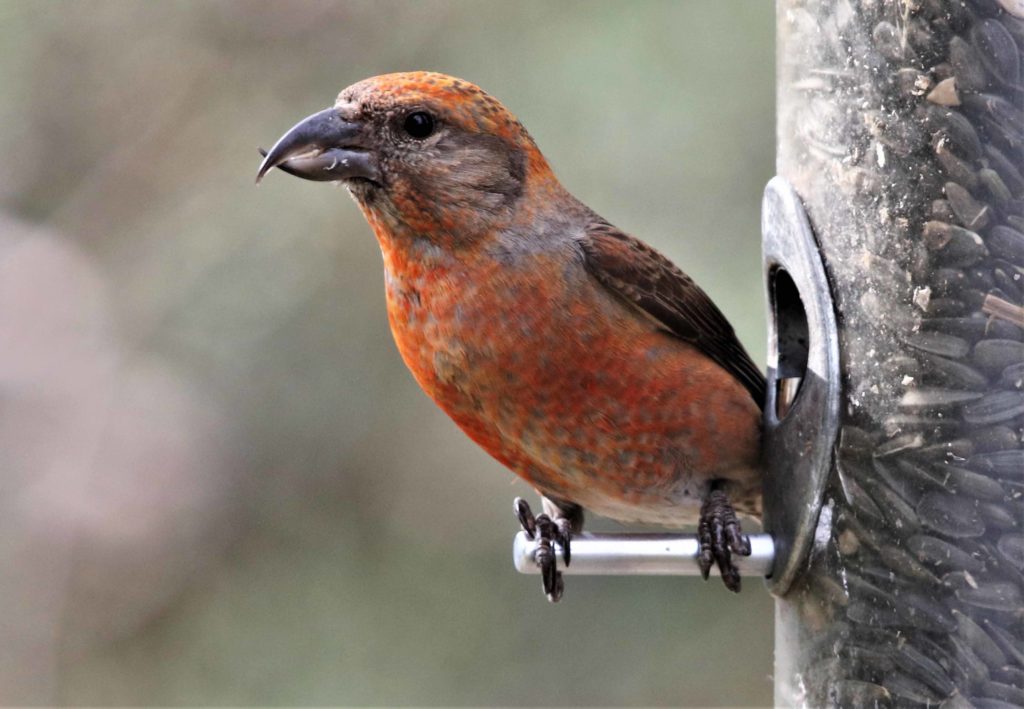
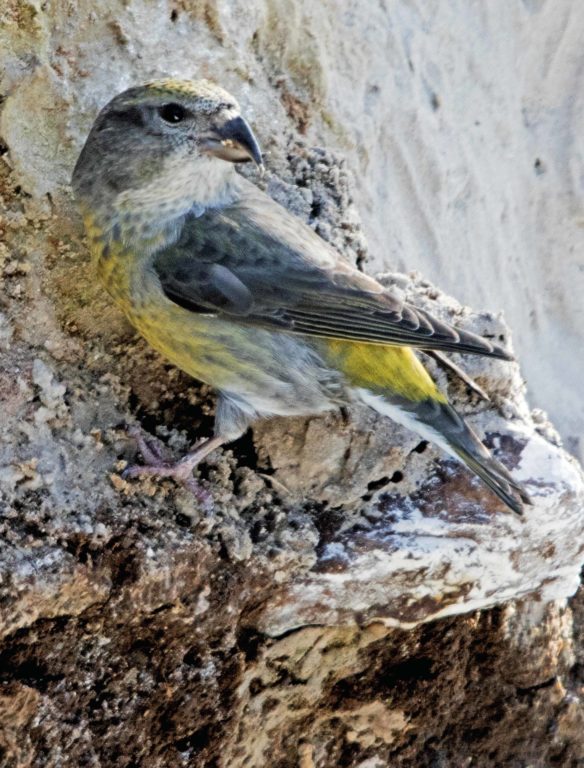
It will be interesting to see if these crossbills return here next year. They travel in flocks without predictable arrival times or destinations, simply following food availability. You can bet we will be watching for them again – with cameras ready.